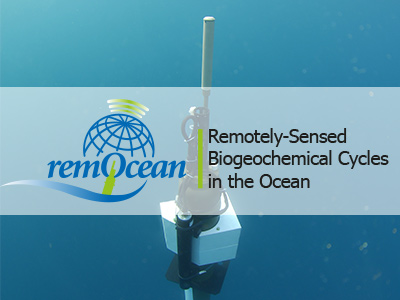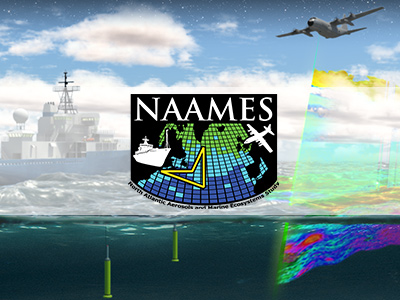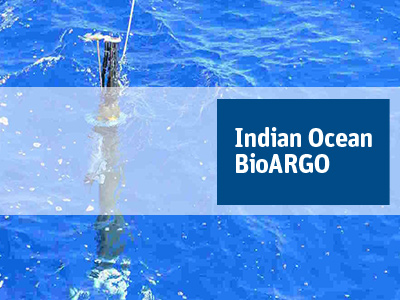Why measure nitrate? Nitrate is a key phytoplankton nutrient. The concentration of nitrate regulates phytoplankton growth in much of the ocean. In a warming climate, the transport of nitrate from deep water may diminish and reduce primary production in the ocean. Episodic injections of nitrate into surface waters are a key factor that regulates ocean productivity. In the upper ocean, seasonal changes in nitrate trace the productivity of phytoplankton. In deeper waters, the stock of nitrate is linked to the volume of oxygen minimum zones, where bacteria may consume nitrate through classical denitrification or annamox metabolism. Decreasing ocean oxygen may lead to increased nitrate loss and a shift in ocean productivity.
Nitrate is determined by measuring the spectrum of light transmitted through seawater in the deep ultraviolet region. The nitrate ion absorbs UV light with a characteristic spectrum that has a maximum at 210 nm. The relatively weak absorption spectrum of nitrate lies on the shoulder of a strong UV absorption band due to dissolved bromide ion. A UV spectrophotometer with an efficient UV light source and a photodiode array detector allows the absorption spectrum of nitrate and bromide to be separated and the nitrate concentration to be calculated. The optical nitrate sensor has been deployed on more than 100 profiling representing several hundred float years of accumulated experience
| Parameters | Processing | Quality Control |
|---|---|---|
| NO3 |







